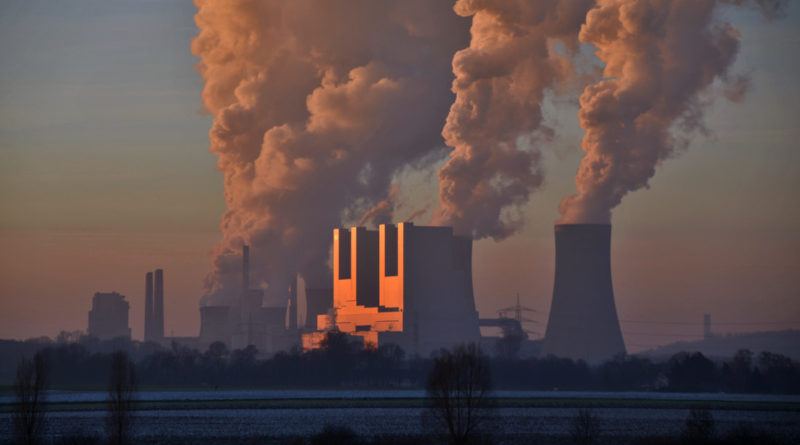Coal record prices challenge the energy transition
There is no way the goals of the Paris climate agreement can be achieved without a steep reduction in world coal consumption. But when energy supplies are tight, as they have been over the summer, then coal is in demand again, playing an essential role in keeping the lights on.
Thermal coal prices have been hitting record highs in recent months. The benchmark Newcastle coal futures contract for October 2021 this week hit $189 per ton, up about 125% from its level in March. Coal is still on a path towards long term decline.
It was underlined that this week by China, with a promise to stop building coal-fired power plants abroad. But this year’s price surge, which does not seem likely to abate any time soon, has been a reminder that as the world transitions towards lower-carbon technologies, its continuing reliance on fossil fuels can stoke price volatility and impose severe strain on energy systems.
The coal price surge has been driven by the same forces that have stoked many other commodity markets this year, says Dale Hazelton, Wood Mackenzie’s head of thermal coal: demand has come roaring back as the world economy recovers from the pandemic-induced slowdown, and supply has been unable to keep pace. World demand for global coal dropped by 7% last year, but it is rebounding strongly, and is expected to grow by about 5% this year.
The uninspiring long-term outlook for coal demand, and pressure from investors that are increasingly focused on climate goals, have meant that there has been very little investment in new coal supply in recent years.
Numerous disruptions to supply around the world this year, including floods in Indonesia and Russia, have further hampered the mining industry’s ability to respond to higher prices. The result is that demand is outstripping supply, and power generators and other customers have been running down their stocks.
Meanwhile, gas prices in Europe and Asia have been driven higher by a combination of factors including disappointing wind power output and a sharp drop in North Sea production for maintenance.
With gas this expensive, some companies have been switching from gas to coal for power generation as a lower-cost-option, even allowing for the high price of European emissions allowances. That is adding further support to demand for coal.
None of what is happening now changes the long-term outlook for coal. The big uncertainty is over the pace of decline in demand over the coming decades. China’s decision to stop building coal-fired plants abroad will put downward pressure on long-term demand, but does not mean the outlook has been transformed.
Wood Mackenzie’s Shirley Zhang said that the real issue was not how many new coal-fired plants are built, but how many existing plants are shut down. “Due to the relatively young coal plant ages in developing Asia and the lack of new coal financing, countries may be forced to extend the life of their existing coal fleets to accommodate a less disruptive transition,” she said.
The strains caused by today’s high gas and coal prices, including protests in the streets and government action against suppliers, are a warning that the transition to low-carbon energy will not be smooth and seamless. We are seeing it with gas and coal today. In the future, it could be oil.




